|
I'm honored to be featured in Sunday's Union Tribune. Thank you to reporter Seth Combs! Please click on the link below to read the full article.
0 Comments
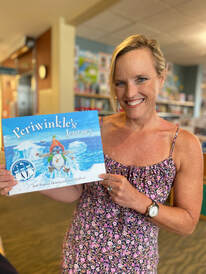 I had a great visit at the La Jolla Library this past weekend presenting fun facts about penguins and reading Periwinkle's Journey, one of the books I have edited. The visit was in conjunction with Birch Aquarium, which now has 7 blue penguins--one of the only aquariums or zoos in the country with these rare (and adorable!) penguin species. I'm thrilled and honored to be the recipient of the 2020 Benjamin Franklin Gold Medal for Children's Picture of the Year! To see my acceptance speech, please visit the IPBA's Benjamin Franklin YouTube channel.
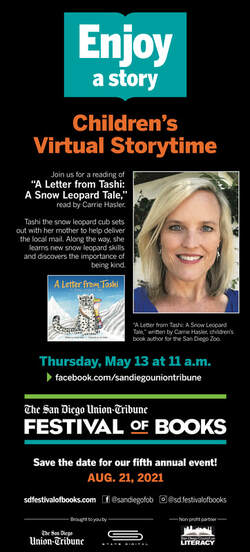 Very excited to be featured in the San Diego Union Tribune Sunday paper! Join me on Thursday, May 13th at 11am PST for a virtual story time! You can view the reading on the UT's Facebook page: facebook.com/sandiegouniontribune 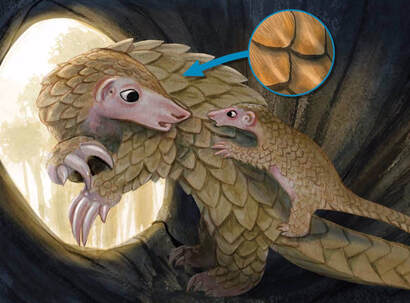 February 20th is World Pangolin Day! As the only mammals with scales, pangolins are some of the most unusual animals on earth. But they are being illegally hunted to the brink of extinction for their meat and scales, which are falsely believed to have medicinal powers. In 2020, China upgraded pangolins' protection status to Level 1, the highest level of protection. While this is good news for this critically endangered animal, the demand for their meat and scales remains. Through education, protection, and awareness, conservation organizations are trying to change that. To learn more about their amazing efforts please visit the following websites and consider a donation. In addition, proceeds from my book A Wish for Pangolin go towards the San Diego Zoo's efforts to end extinction around the world. savepangolins.org pangolincrisisfund.org pangolinconservation.org sandiegozookids.org/save-animals Well, this is exciting! A Letter from Tashi is featured in Publishers Weekly magazine. The article, "Children's Publishers in California Provide an Escape" tells about our efforts to bring books and education to kids through virtual experiences during the pandemic. Click on the link below to see the article!
 It's International Sloth Day! Sloths are one of my very favorite animals. We can all use a lesson from these furry friends: slow down, hang around, and keep smiling! I am so excited to be working again with illustrator Christina Wald on my next book, Sloth's Treehouse Inn, due in bookstores summer 2021. Pangolins are the only mammals with scales--they are also the most illegally trafficked mammal in the world. Over the past ten years, about one million have been killed for their meat and scales (falsely believed to have medicinal qualities). Pangolins have gotten quite a lot of attention with the news that COVID-19 may have been transmitted to humans from pangolins in wet markets. While information about COVID's origins is still unclear, it is very clear that these creatures, whose only defense is to roll up into a ball, need our help and protection before they are gone forever.
My most recent book, A Wish for Pangolin, tells the story of Preeya and her pup Chatri as they seek safety by moving deeper into the forest. While they make their journey, they get unexpected help from their forest friends. The book was inspired by not only pangolins (of course!) but also by the Thai Festival of Lanterns (Yi Peng), which celebrates wishes and hope for the future. The book includes fun facts and information about pangolins. Written for ages 4-8 and illustrated by Christina Wald. It's World Orangutan Day! Celebrate these endangered animals by reading Karen's Heart, the true story of an orangutan who underwent open-heart surgery, the first of its kind performed on a great ape. Thanks to her team of dedicated veterinarians, caretakers, and cardiologists from UCSD Medical Center, Karen is alive and well at the San Diego Zoo, where you can visit her and see her doing her famous somersaults. She is yet another success story in San Diego Zoo Global's mission to end extinction. To purchase Karen's Heart (or any other books in the Hope & Inspiration series), visit https://swphmarketplace.com/collections/series-hope-and-inspiration.
To learn more about my editorial work, please click on the EDITING tab above. 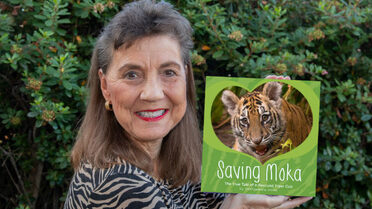 The latest book in the Hope & Inspiration Series with the San Diego Zoo, Saving Moka, by Georgeanne Irvine, tells the tale of a tiger cub who was confiscated from wildlife smugglers at the US/Mexico border. Some of you may remember hearing about this adorable cub on the news several years ago. We are so fortunate to have such dedicated wildlife care specialists at the San Diego Zoo and Safari Park who save these endangered animals from wildlife traffickers. Moka faced many physical challenges and would not have survived without their expertise and care. I am very fortunate to work so closely with the San Diego Zoo and serve as the editor for this award-winning series of books. I do not have the expertise to care for these animals directly, but it is my honor to be able to help tell their stories. You can read more about Saving Moka in the San Diego Times, and to learn more about the Hope & Inspiration series, visit the series website. To purchase any book from the series, visit the San Diego Zoo's online store. Saving Moka will be available for purchase next month. |
CARRIE HaslerGet the buzz on what's happening in my world of children's books and education! Archives
October 2022
Categories |
|
Site powered by Good Ink


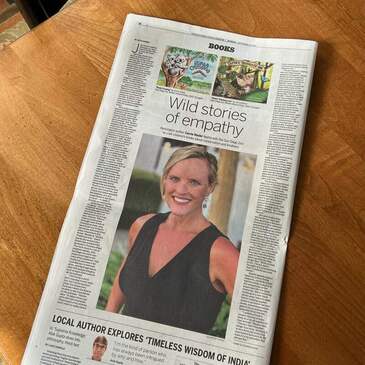
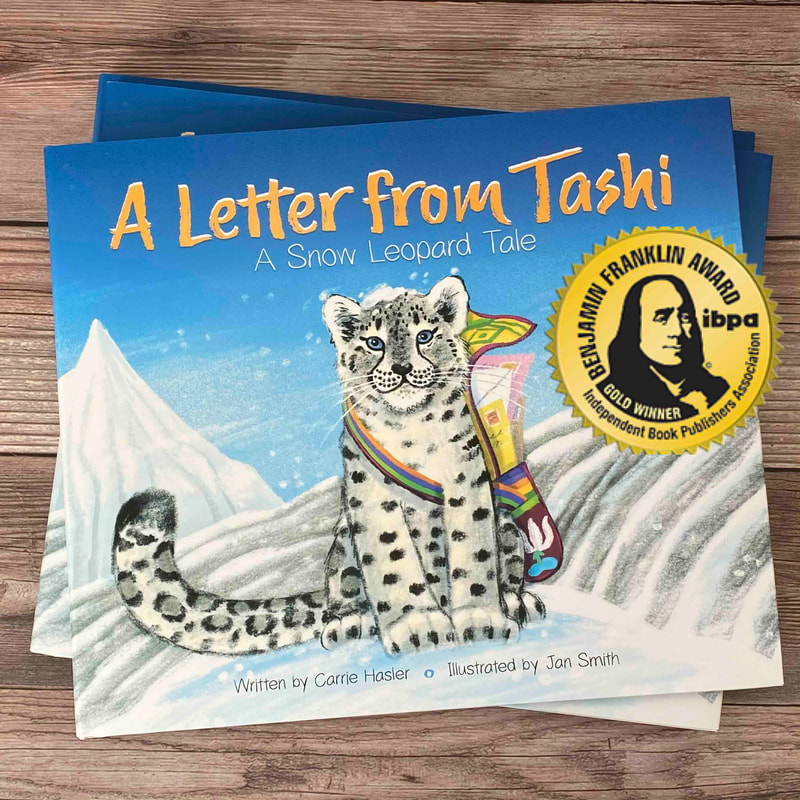
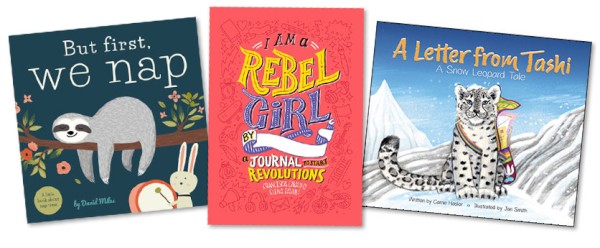
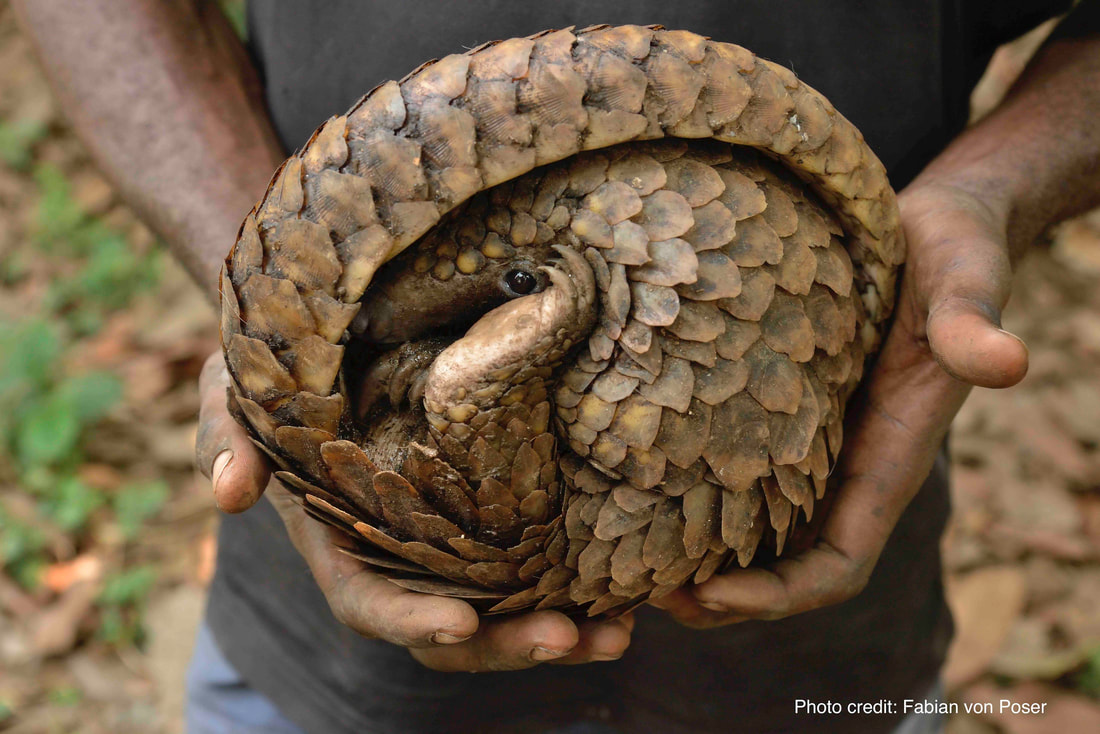
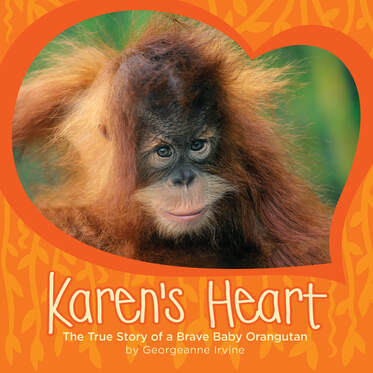
 RSS Feed
RSS Feed
